By ZALMAY KHALILZAD
President Trump deserves high marks for his new Afghanistan strategy. It is bold, reasoned and offers the prospect of success against the violent Islamist groups of the region. But it will also face opposition in the region. The president will have to show an unflagging commitment to the cause and be prepared to respond to moves by adversaries to disrupt his plan.
The deliberative process worked well to arrive at this strategy. The administration reviewed American interests and objectives broadly, and all the key agencies participated effectively. The president’s admission that he changed his mind and shifted away from a rapid withdrawal is a sign of his seriousness of purpose and thoroughness of the review.
Mr. Trump is now the third successive president to acknowledge America’s important national security interests in Afghanistan and the region, which include the threat of Islamist extremism and terrorism, even the potential for nuclear terrorism. He recognizes that abandoning Afghanistan would allow safe havens for international terrorist organizations to emerge once more.
The new strategy is not only comprehensive but also a major evolution in American policy. Though he did not specify numbers, the president indicated that he will deploy a surge of United States forces, without any timeline for their withdrawal — the error of the Obama administration.
Another major change from the Obama era is Mr. Trump’s decision to give American commanders in the field the flexibility they’ve long sought in assisting the Afghan forces fighting the Taliban and other insurgents. The president also adopted a realistic position regarding peace talks, moving away from President Barack Obama’s pursuit of reconciliation regardless of the deteriorating military situation.
A key element of the new strategy is the recognition that America needs a new approach toward Pakistan. Unlike his two predecessors in the Oval Office, Mr. Trump has chosen to address the fact that Pakistan has been playing a double game. He unequivocally called out Pakistan for pretending to be a partner and receiving large-scale American assistance while providing sanctuary and support for the Taliban and the Haqqani terrorist network, which have been killing Americans and Afghans.
Mr. Trump’s announcement of a change in American policy implies that the United States will end its support and assistance for Pakistan. He also signaled that deference to Pakistani sensitivities will no longer prevent the United States from developing a stronger strategic partnership with India, concerning Afghanistan and more broadly.
For the president to realize his aims, though, he must focus on three crucial areas of action. First, the military surge must be accompanied by a strong diplomatic push to coordinate the new effort. The president could put the United States ambassador in Kabul or the NATO commander in charge, but the best approach would be to appoint a presidential envoy. A key task for this representative would be to work with Afghan leaders to ensure that they deliver on their commitments to reform and economic development.
Second, the president must be ready for Pakistan to resist and test his resolve. This might come in the form of attacks on American assets in Afghanistan or of interference with supply routes across the Afghanistan-Pakistan border. Pakistan’s security apparatus will try to prove that the United States cannot succeed without cooperating on Islamabad’s terms.
Toward the end of his presidency, Mr. Obama signaled that the United States would seek to isolate Pakistan if it failed to change its policy of providing sanctuary to terrorists. In 2016, he also signaled that the drone strike that killed the Taliban leader Mullah Akhtar Muhammad Mansour would be followed by more attacks on Pakistani territory against similar targets. Yet Mr. Obama never followed through.
Pakistan will seek to replay that cycle under the Trump administration, but the president can take effective countermeasures. The United States should impose sanctions against senior officials in the Pakistani military and intelligence services who play a direct role in supporting terrorists and extremists. (These sanctions should include bans on travel to the United States and allied countries, and the freezing of bank accounts.) Washington should also suspend all American aid to Pakistan and use its influence with the World Bank and the International Monetary Fund to do the same. It should begin a security assessment that would put Pakistan on the list of states that sponsor terrorist groups. Finally, the United States should conduct strikes against terrorist hide-outs in Pakistan.
The Trump administration should make clear to Islamabad that it would be willing to reverse these moves and repair relations — but only after Pakistan has demonstrated a change in conduct that has the clear result of diminished violence in Afghanistan.
The president’s third course of action must be to give Afghanistan’s leaders an incentive to work with us and improve the country’s governance, particularly in its security institutions. To “win” in Afghanistan, as the president wishes to do, will require the cooperation of Afghan society and a commitment by the country’s main political groups to national, rather than parochial, goals. Afghan society, particularly its young people, are our best allies. The United States must find ways to help unlock that potential.
President Trump has embraced a bold new strategy — one that his base might not be entirely happy with. He can limit the possible domestic political disaffection if he can show that his approach works against the threat of Islamist terrorism that his supporters recognize. The president knows he will be judged by results.
Zalmay Khalilzad (@realZalmayMK), the United States ambassador to Afghanistan from 2003 to 2005 and to Iraq from 2005 to 2007, is the author of “The Envoy: From Kabul to the White House, My Journey Through a Turbulent World.”
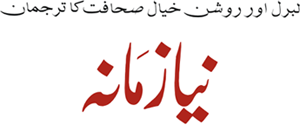
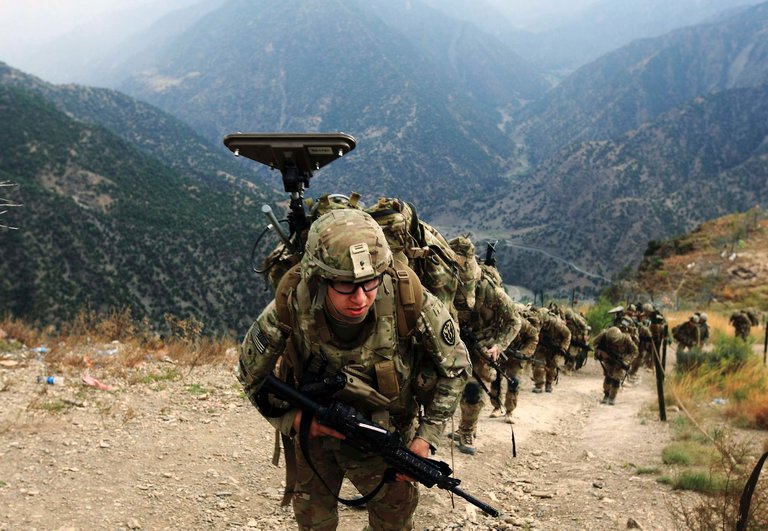


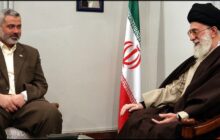






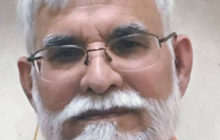


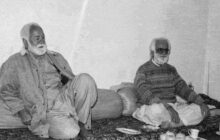


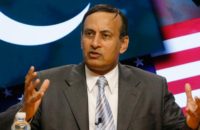
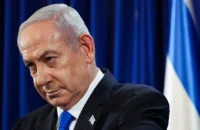



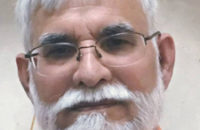
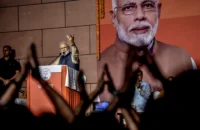

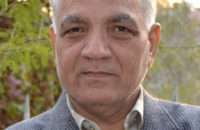


2 Comments